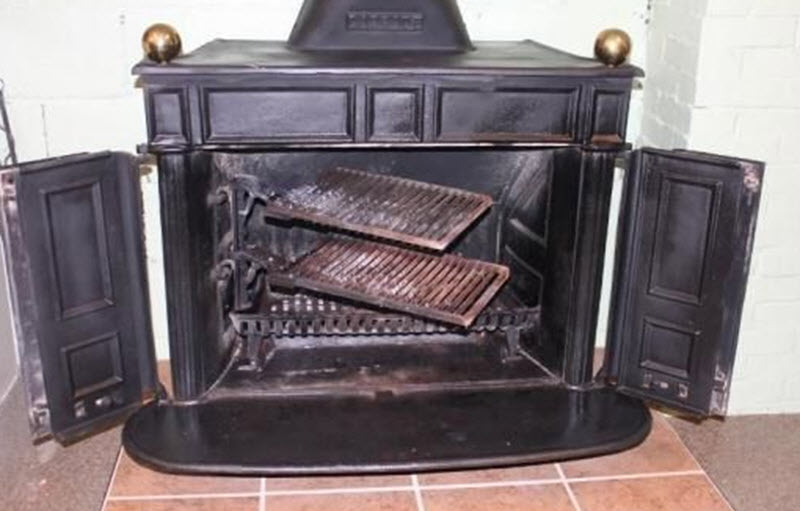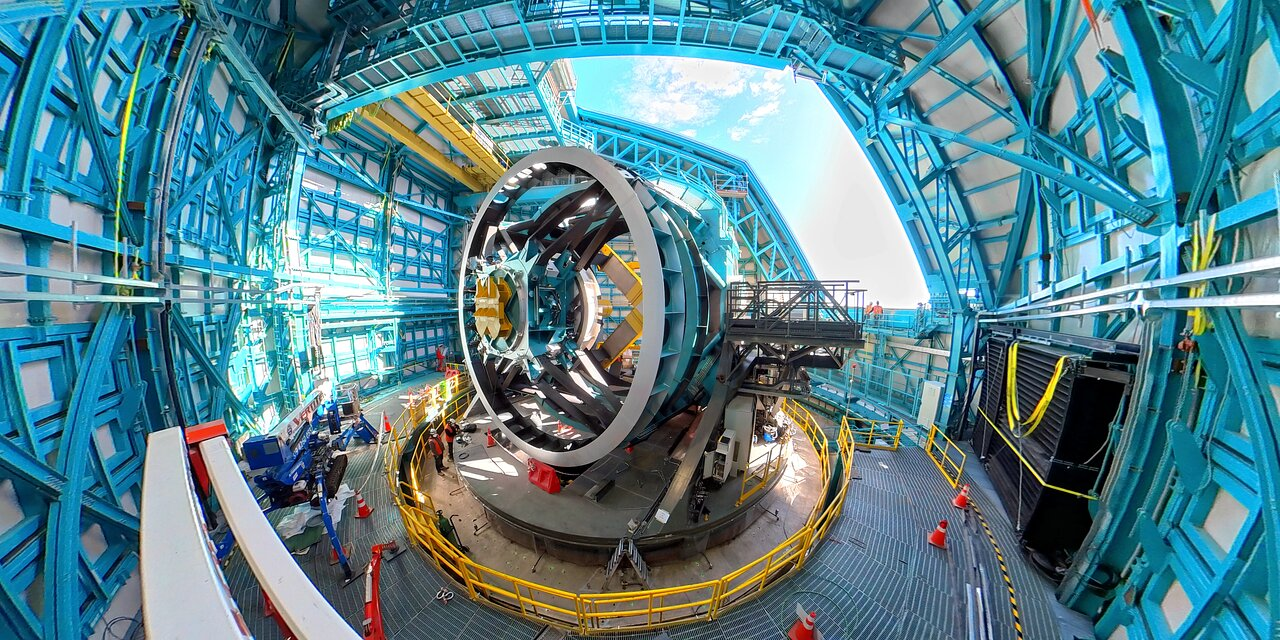The Franklin stove is a groundbreaking invention that significantly impacted the history of cooking appliances and home heating. Developed by the illustrious Benjamin Franklin during the harsh winter of 1740-1741, this innovative stove not only provided warmth but also laid the groundwork for future advancements in climate adaptation technology. Historians, including Joyce Chaplin, have explored Franklin’s many scientific contributions, particularly how his inventions revolutionized domestic life and even influenced meteorological studies. In her latest book, she examines how the Franklin stove exemplifies his ingenuity and reflects the prevailing environmental challenges of his time. By understanding the legacy of Franklin’s inventions, we can appreciate how they continue to inform modern discussions about sustainability and technology.
Known for his diverse portfolio of inventions, the Pennsylvania fireplace, often referred to as the Franklin stove, showcases Benjamin Franklin’s remarkable skill as a scientist and inventor. This heating apparatus transformed the way colonists approached indoor heating, making homes more comfortable during extreme winters. Joyce Chaplin’s examination of this iconic stove reveals the broader context of Franklin’s work, touching on the intersecting themes of technical innovation, environmental adaptation, and his scientific pursuits. As the 18th century unfolded, Franklin and his contemporaries were not just addressing immediate needs; they were also ushering in a new era of understanding regarding energy efficiency and atmospheric science. Thus, the story of the Franklin stove is a testament to how a single invention can ripple across disciplines and influence future generations.
The Franklin Stove: A Revolutionary Heating Solution
The Franklin stove, an innovative invention by Benjamin Franklin, emerged during a critical period marked by extreme climatic conditions. Developing this stove was not merely a matter of convenience; it was a solution to a pressing environmental challenge. The unique design, which incorporated an iron structure that could be easily assembled by colonists, allowed for more efficient heating while reducing the amount of wood consumed. Franklin aimed to provide a comfortable living environment during the harsh winters of the 18th century, while also addressing the growing concerns over deforestation and fuel scarcity, showcasing early climate adaptation technology in action.
Joyce Chaplin’s book, “The Franklin Stove: An Unintended American Revolution,” emphasizes the significance of this invention in advancing not just home heating but also scientific understanding. By conceptualizing how heat circulates and affects room temperature, Franklin laid the groundwork for future innovations in climate control. His efforts not only improved comfort for individuals but also contributed to a broader comprehension of atmospheric phenomena, including temperature stratification and warmer air currents, thus positioning the Franklin stove as a pivotal centerpiece among Benjamin Franklin’s many notable inventions.
Benjamin Franklin’s Scientific Contributions and Legacy
Benjamin Franklin’s legacy extends far beyond his more recognized inventions, such as the lightning rod and bifocals. His curiosity in natural science and practical problem-solving led him to explore innovative heating methods, reflecting his passion for utilizing scientific contributions for public benefit. As highlighted in Chaplin’s exploration of Franklin’s work, these inventions revolved around a deep understanding of natural principles, allowing him to explain the interplay of heat, air, and the environment—all essential components in the history of cooking appliances and indoor comfort.
Franklin’s scientific contributions had long-lasting implications that resonated well into contemporary discussions around technology and lifestyle. For example, his work paved the way for modern discussions regarding energy efficiency and environmental impact. The principles behind the Franklin stove can be seen as precursors to today’s climate adaptation technologies that focus on sustainable practices. As such, Franklin’s intellectual pursuits and inventive spirit continue to influence the dialogue around how we balance human comfort with ecological responsibility.
The Environmental Context of Franklin’s Invention
The winter of 1740-41 marked a significant moment in early American history and the life of Benjamin Franklin, providing a harsh backdrop for the creation of the Franklin stove. As major harbors froze and famine threatened, Franklin recognized the urgent need for a more efficient heating solution that could combat the chilling climate and the consequences of potential resource depletion. This environment necessitated innovation, and Franklin’s stove became a model of climate adaptation that would ultimately evolve through various iterations over the following decades.
Franklin’s awareness of the environment extended to social implications; as he observed deforestation and increasing firewood scarcity, he aimed to improve the lives of settlers while advocating for superior energy practices. His stove represented not just an advancement in domestic heating but also a response to environmental degradation — a complex but necessary response to the evolving needs of society and nature alike. This holistic view of energy consumption and comfort remains relevant today as we face our own climate emergencies.
Franklin’s Approach to Emissions and Environment
One of the surprising aspects of Franklin’s science was his early concern for the environment and air quality, particularly in rapidly industrializing cities like London. The Franklin stove was engineered not only to provide warmth more efficiently but also to minimize emissions, reflecting Franklin’s attitude towards being a ‘universal smoke doctor’. His awareness that smoke contained unburned fuel particles speaks to a profound understanding of combustion and efficiency—an understanding that predated modern scientific evaluations of pollution and environmental health.
By designing stoves that aimed to re-burn smoke and reduce waste, Franklin challenged the notion of prioritizing comfort without consideration for environmental impact. This awareness is echoed in contemporary discussions about reducing carbon footprints and innovating toward sustainable solutions. Franklin’s ideation elucidates the importance of merging technology with ecological considerations, and it reinforces the idea that responsible innovation was, and continues to be, a necessity for human advancement.
Exploring Franklin’s Innovations in Domestic Heating
The innovations introduced by Benjamin Franklin were pivotal not just for the technological advancements of his time, but also for shaping the future of domestic heating. The Franklin stove’s clever design transformed how homes managed heat, making them warmer while consuming less energy. This marked a significant technological leap from the traditional open hearth fireplaces that dominated the early American landscape. As we explore the evolution of cooking appliances, Franklin’s creativity stands out as a benchmark for efficiency in heat generation.
In recognizing the Franklin stove’s place in history, we are reminded of the dual purpose served by Franklin’s inventions—their immediate practicality and their contribution to the broader narrative of early American progress. As architects of domestic spaces continue to draw inspiration from historical designs, Franklin’s ideas about heating systems remind us about the persistent interplay between human needs, technological advancement, and environmental considerations throughout history.
Understanding Franklin through Joyce Chaplin’s Lens
Joyce Chaplin’s scholarly work on Benjamin Franklin provides a new understanding of this multifaceted figure. In her latest book on the Franklin stove, she presents a nuanced portrait that merges scientific inquiry with historical narrative. By placing Franklin’s stove in the broader context of his scientific contributions, she highlights how this invention reflects the Enlightenment belief in using science to solve practical problems. Chaplin’s book allows readers to appreciate Franklin’s complexity beyond the stereotypes associated with the ‘Poor Richard’ persona.
In discussing the themes of climate adaptation technology and scientific innovation, Chaplin sheds light on how Franklin’s work resonated with contemporary societal challenges. His ability to question conventional practices, such as how heat and emissions were managed, places him among the pioneering thinkers of his time. In scrutinizing Franklin’s motives and achievements, Chaplin’s exploration encourages a reevaluation of our historical icons, demonstrating the relevance of their contributions to modern discourses on technology and sustainability.
Learning from Franklin’s Vision in Today’s Context
As we grapple with modern-day environmental challenges, Benjamin Franklin’s approach to innovation serves as a compelling guide. The legacy of the Franklin stove does not merely lie in its ingenuity, but in the fundamental principles of adaptation and foresight that underpinned its creation. Franklin’s exploration into efficient energy use and air quality highlights the importance of being proactive in addressing environmental concerns. It cautions against quick fixes and prompts us to evaluate the long-term implications of our technological choices.
Today, as we navigate an era of rapid environmental change, the lessons drawn from Franklin’s vision remind us of the necessity for thoughtful, multifaceted solutions to our climate crisis. Rather than relying on a singular technological advancement, Franklin’s holistic approach underscores the importance of collaborative efforts that integrate scientific discovery with community needs and environmental stewardship. This shared legacy of innovation invites current and future generations to imagine and create sustainable futures.
Franklin’s Influence on Modern Science and Technology
The influence of Benjamin Franklin on modern science and technology is both profound and enduring. His pioneering work not only paved the way for advancements in domestic heating and environmental awareness but also sparked a scientific curiosity that would shape generations. By employing a scientific approach to practical problems, Franklin exemplified the spirit of inquiry that is still a cornerstone of technological development today. His impact reaches far and wide, showcasing the continuum of innovation that has shaped our understanding of the natural world.
Understanding Franklin’s scientific contributions also invites contemporary science historians and technologists to reflect on the relationship between invention and societal progress. Today’s challenges, such as climate change and energy efficiency, echo the concerns that Franklin addressed in his time. By examining his work through a modern lens, we can see the relevance of his methodologies in formulating comprehensive solutions to today’s pressing issues. The spirit of inquiry and interdisciplinary focus that characterized Franklin’s endeavors remains key for innovators seeking to navigate the complexities of the 21st century.
Cultural and Historical Impact of Franklin’s Work
The cultural and historical impact of Benjamin Franklin’s work, particularly regarding the Franklin stove, stretches beyond mere technical innovation. His inventions encapsulated the spirit of the Enlightenment—where intellect, science, and practicality converged to foster advancements in human comfort and knowledge. They reflect a cultural shift towards a reliance on empirical understanding and the application of scientific principles to everyday life. As a result, Franklin not only contributed to historical changes in domestic life but also enriched the cultural landscape of America as a nation of inventors.
The historical narrative surrounding Franklin’s inventions also ignites discussions about the broader implications of innovation in shaping societal values. The Franklin stove reinforced the idea of individual agency in improving personal circumstances through ingenuity—a theme that continues to resonate in American culture today. By acknowledging the significance of Franklin’s contributions to innovation, we not only celebrate his legacy but also recognize the ongoing quest for progress and adaptation in the face of contemporary challenges.
Frequently Asked Questions
What are the scientific contributions of Benjamin Franklin related to the Franklin stove?
Benjamin Franklin’s scientific contributions related to the Franklin stove include his pioneering use of convection principles to enhance indoor heating. By understanding how warm air rises and expands, Franklin designed the Franklin stove to create a more efficient heating system that minimized wood consumption while maximizing warmth. His work with the stove also provided insights into atmospheric phenomena, including the mapping of the Gulf Stream.
How does Joyce Chaplin’s book ‘The Franklin Stove: An Unintended American Revolution’ shed light on Franklin’s invention?
Joyce Chaplin’s book ‘The Franklin Stove: An Unintended American Revolution’ explores how Franklin’s stove not only revolutionized heating technology but also influenced modern thinking about climate adaptation. Chaplin highlights how Franklin’s design responded to severe winters and the need for efficient heating solutions, underlining the intersection of science, technology, and human comfort during climate challenges.
In what ways did the Franklin stove address the climate adaptation needs of its time?
The Franklin stove addressed climate adaptation by providing a more efficient heating solution during the harsh winters of the 1740s. Designed to burn less wood and produce more heat than conventional fireplaces, it allowed colonists to combat the cold while conserving resources. This innovation represented an early understanding of the importance of sustainable technology in response to environmental conditions.
Why is the Franklin stove considered one of Benjamin Franklin’s lesser-known inventions?
The Franklin stove is often deemed one of Franklin’s lesser-known inventions compared to his more famous innovations, such as the lightning rod or bifocals. While many recognize his contributions to electricity and optics, the stove’s significance in the context of climate adaptation and improved living conditions historically has been overshadowed, despite its substantial impact on heating technology.
How does the Franklin stove relate to the history of cooking appliances?
The Franklin stove is a pivotal development in the history of cooking appliances as it revolutionized how people heated their homes and prepared food. By providing a more efficient and controlled heat source compared to traditional open fireplaces, the stove represented a significant technological advancement that laid the groundwork for future cooking innovations and appliances.
What role did the Franklin stove play in understanding atmospheric phenomena?
The Franklin stove played a critical role in advancing the understanding of atmospheric phenomena. Franklin applied the principles of convection observed in his stove to explain how warm air rises and moves, thereby contributing to early meteorological studies and enhancing knowledge about weather patterns, including the movement of storm systems and the Gulf Stream.
Did Franklin address air pollution concerns with his stove design?
Yes, Franklin was keenly aware of air pollution issues, especially in urban areas like London. His later designs of the stove attempted to minimize smoke emissions by encouraging the re-burning of smoke particles. This focus on creating cleaner burning systems showcased Franklin’s early concern for environmental health and the impact of pollution on human comfort and safety.
How did Franklin’s background influence his invention of the stove?
Franklin’s humble beginnings as the son of a chandler likely fostered a practical mindset, influencing his invention of the Franklin stove. Understanding resource limitations and the harsh realities faced by colonists during severe winters, he aimed to create accessible, efficient heating solutions that accommodated both comfort and conservation.
What were the iterations of the Franklin stove, and how did they evolve?
Franklin created at least five iterations of the Franklin stove over his lifetime. These iterations evolved from using wood to more efficient coal burning designs, incorporating features aimed at reducing smoke emissions and improving thermal efficiency, adapting to changing resource availability and advancing heating technology.
How does the Franklin stove relate to current issues of climate change?
The Franklin stove relates to current climate change discussions by illustrating the historical intersection of technology and environmental adaptation. Franklin’s innovative thinking serves as a reminder that sustainable technological solutions are essential in addressing climate challenges, emphasizing the need for a multifaceted approach to energy and emissions in today’s world.
| Key Point | Details |
|---|---|
| Invention of the Franklin Stove | Designed during the harsh winter of 1740-41 as an adaptation to climate, aimed at improving heating efficiency. |
| Revolutionary Impact | Sparks new thinking on weather, technology, and comfort, and catalyzes ideas related to atmospheric phenomena. |
| Environmental Considerations | Acknowledged deforestation and sought to make heating more efficient to alleviate wood scarcity during colder winters. |
| Scientific Contributions | Used principles of convection to explain both indoor heating and outdoor weather systems, including the Gulf Stream. |
| Alternative Fuels | Transitioned designs from wood to coal, aiming to minimize emissions and maximize heating effectiveness. |
| Social Context | The invention reflects Franklin’s awareness of social inequalities, such as the role of enslaved labor in the iron industry. |
| Legacy and Lessons | Franklin’s approach emphasizes the need for critical assessment of technological solutions to climate challenges. |
Summary
The Franklin stove is a pivotal invention attributed to Benjamin Franklin that represents a unique intersection of science, architecture, and social awareness. As we explore its historical significance, it becomes clear that this stove not only improved heating efficiency but also prompted new inquiries into atmospheric science and environmental challenges of Franklin’s time. Through this invention, Franklin exemplified how science and technology could address pressing societal needs, thus laying the groundwork for future innovations aimed at climate adaptation and energy efficiency.




